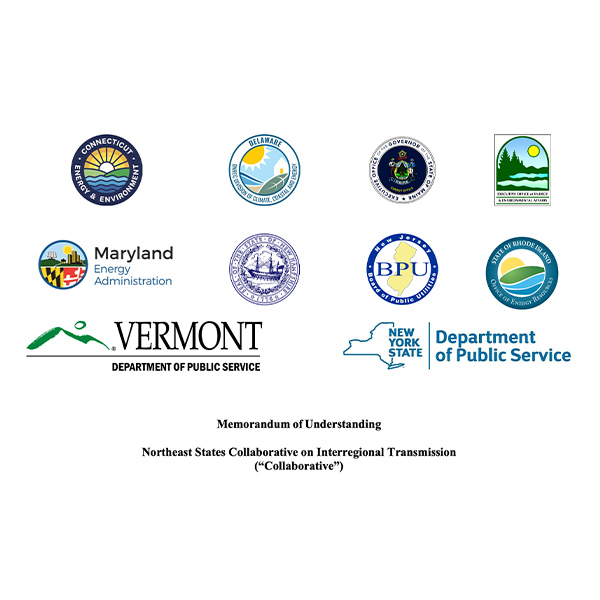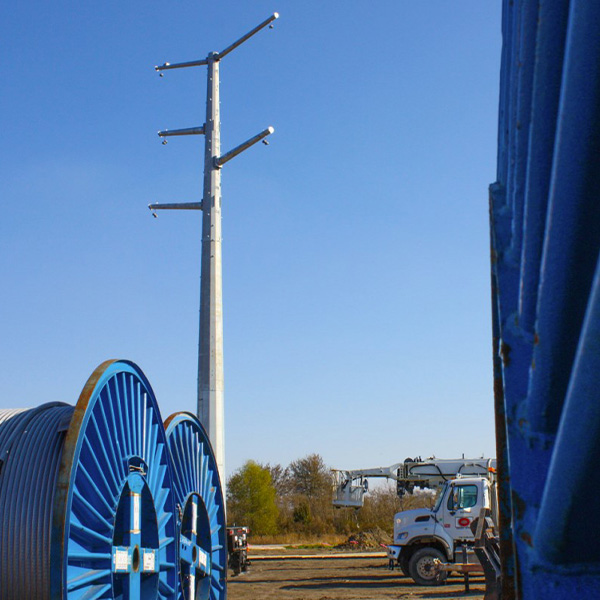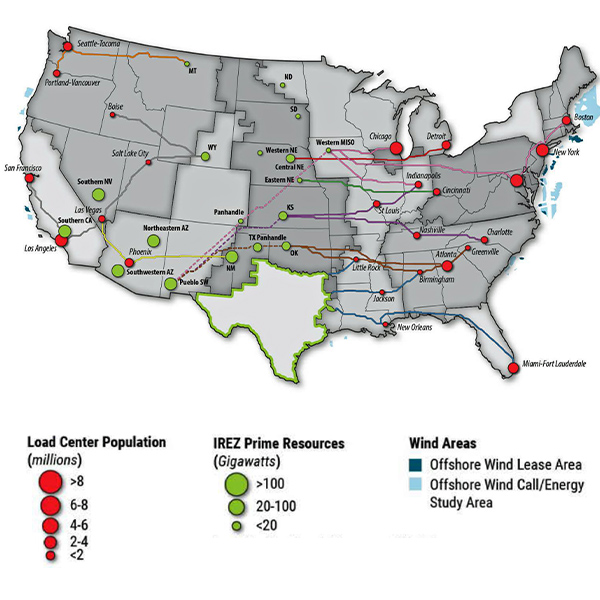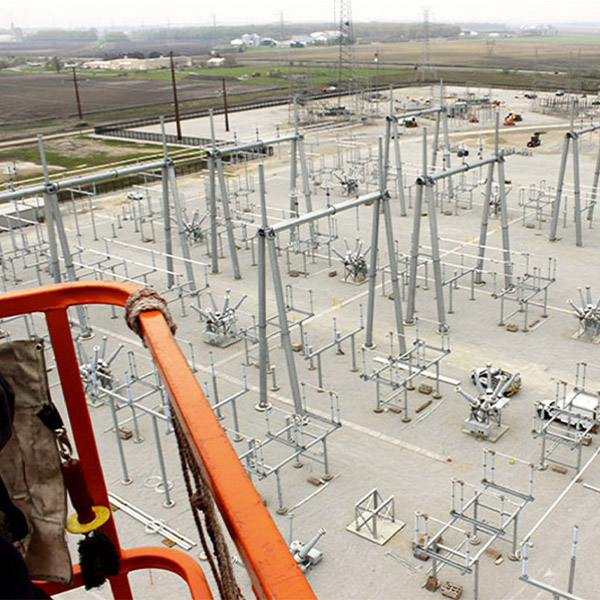interregional transmission planning
Sens. Joe Manchin and John Barrasso introduced long-planned legislation on energy project permitting that would increase FERC’s power to approve new electric transmission.
Ten East Coast states signed a memorandum of understanding to set up a framework to coordinate interregional transmission planning and development.
MISO and PJM announced they will embark on a new joint transmission study in the latter half of this year that concentrates on upping their interregional transfer capability.
An early stage collaboration is intended to bring together communities, tribes, nonprofits, companies, RTOs and government officials from the northeastern U.S. and Canada to increase coordination around interregional transmission.
FERC is set to vote on its long-awaited proposed rule on transmission planning and cost allocation for regional lines at a special open meeting May 13.
DOE released a study of offshore wind transmission. In no way does this study establish, or even claim, that offshore wind makes economic sense, according to Steve Huntoon.
MISO and PJM are deliberating whether to embark on an interregional transmission study this year as they field more calls from stakeholders to revamp their joint planning framework.
A new analysis concludes that building long-distance high-voltage transmission would save money and speed up decarbonization of the U.S power grid.
Infocast's annual ERCOT Market Summit fell during the third anniversary of the devastating February 2021 winter storm, giving speakers plenty of fodder for discussion.
A bevy of consumer, clean energy and environmental advocates have joined state regulators in appealing to MISO and PJM to undertake more comprehensive interregional transmission planning.
Want more? Advanced Search









